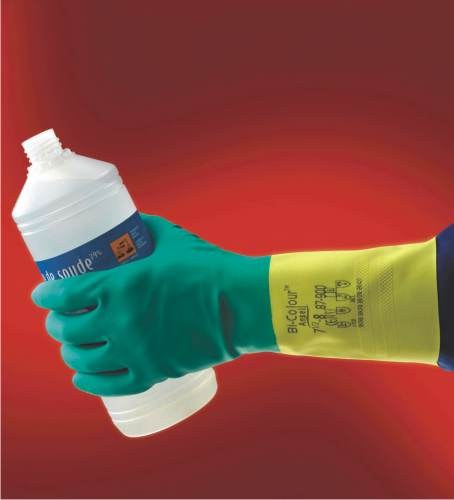In the periodic table the alkali include hydroxides of metals of subgroups Ia and IIA (beginning with calcium), e.g., Ba(OH)2 (caustic barytes), KOH (potassium hydroxide), NaOH (sodium hydroxide), which bears the popular name "caustic alkali". Caustic alkalis are sodium hydroxide NaOH, lithium, LiOH, RbOH rubidium, potassium hydroxide and cesium CsOH. They are white, solid and very hygroscopic substances.Alkalis are strong bases that are readily soluble in water with considerable heat release during the reaction. Water solubility and strength of the base increases with increasing radius of the cation in each group of the periodic system. The strong bases are the hydroxide caesium in group Ia hydroxide, and radium in group IIa. The aqueous solution of the gas ammonia, called ammonia is a weak alkali. Slaked lime is also a sodium alkali. In addition, caustic alkali can be dissolved in methanol and ethanol.All alkali in the solid state absorb water and carbon dioxide from the air (in the solution), gradually turning into carbonates. When an important chemical property – the ability of the formation of salts in reaction with acids, alkalis widely used in industry. Unable to conduct electricity, therefore they are also called electrolytes.It is possible to obtain alkali by the action of water on oxides of alkali metals or by electrolysis of chlorides.Properties of alkalis dissolve the fat, some of them can dissolve animal and vegetable fabric, destroying clothing and irritate the skin, can interact with some metals (aluminium) protect the steel against corrosion.Alkali and acid are dangerous, they should only be kept in special containers, labeled, and in any case, not drinking vessels. When working should wear safety glasses.
What is lye
Lye is the alkaline hydroxides, alkaline earth metal and ammonium. These include well soluble in water grounds. The anions OH− and the metal cation formed by the dissociation of alkali.
